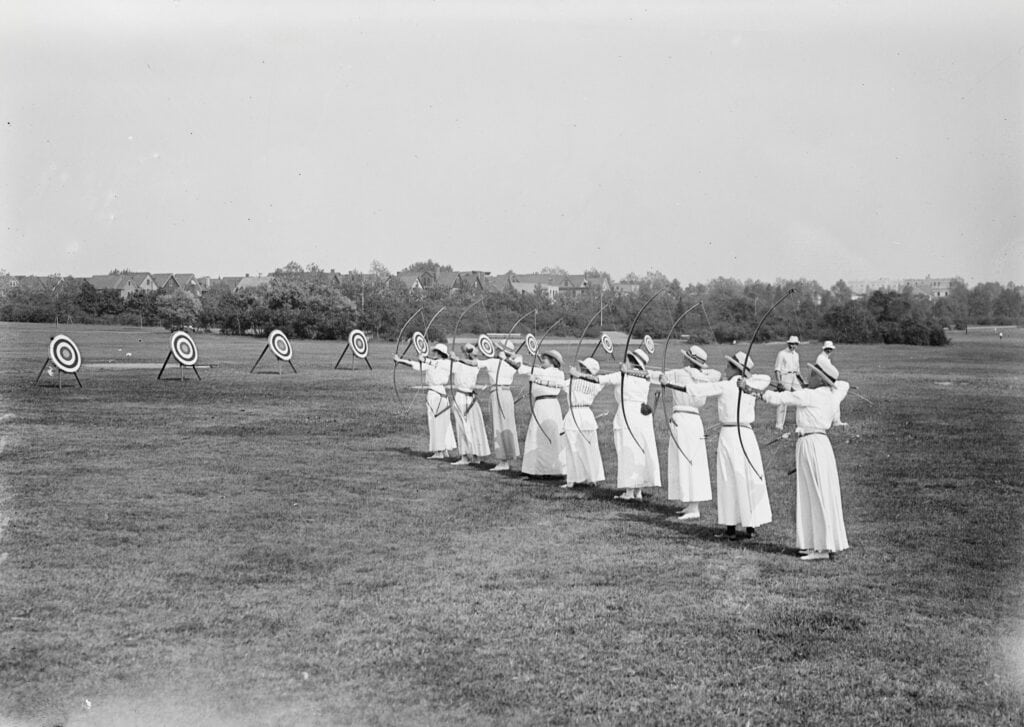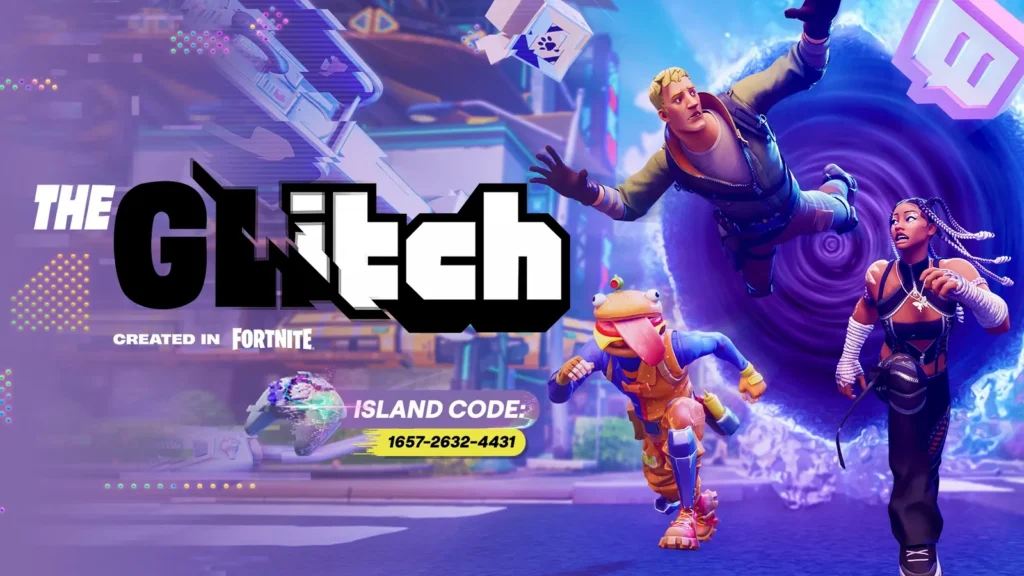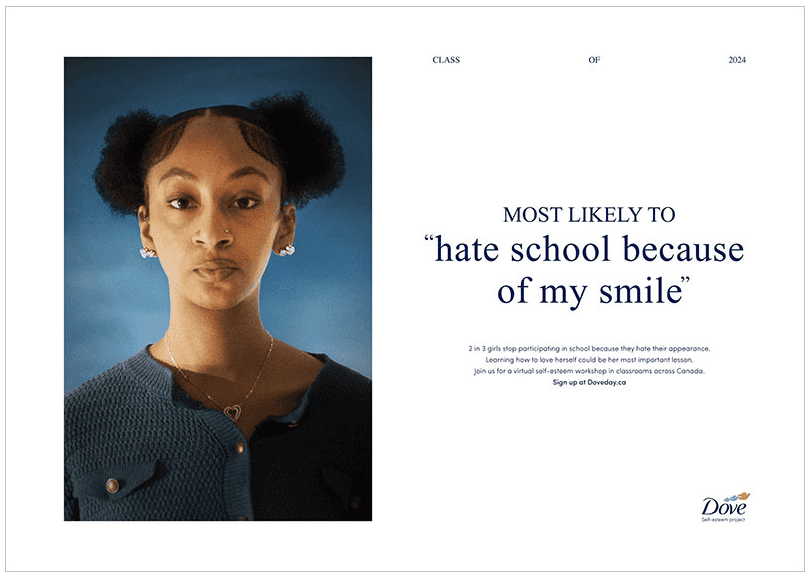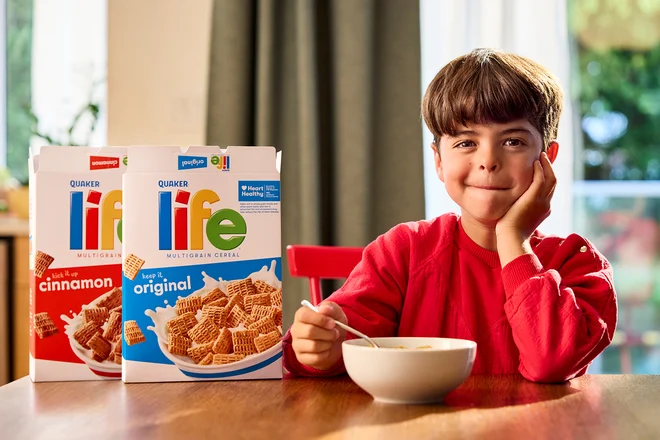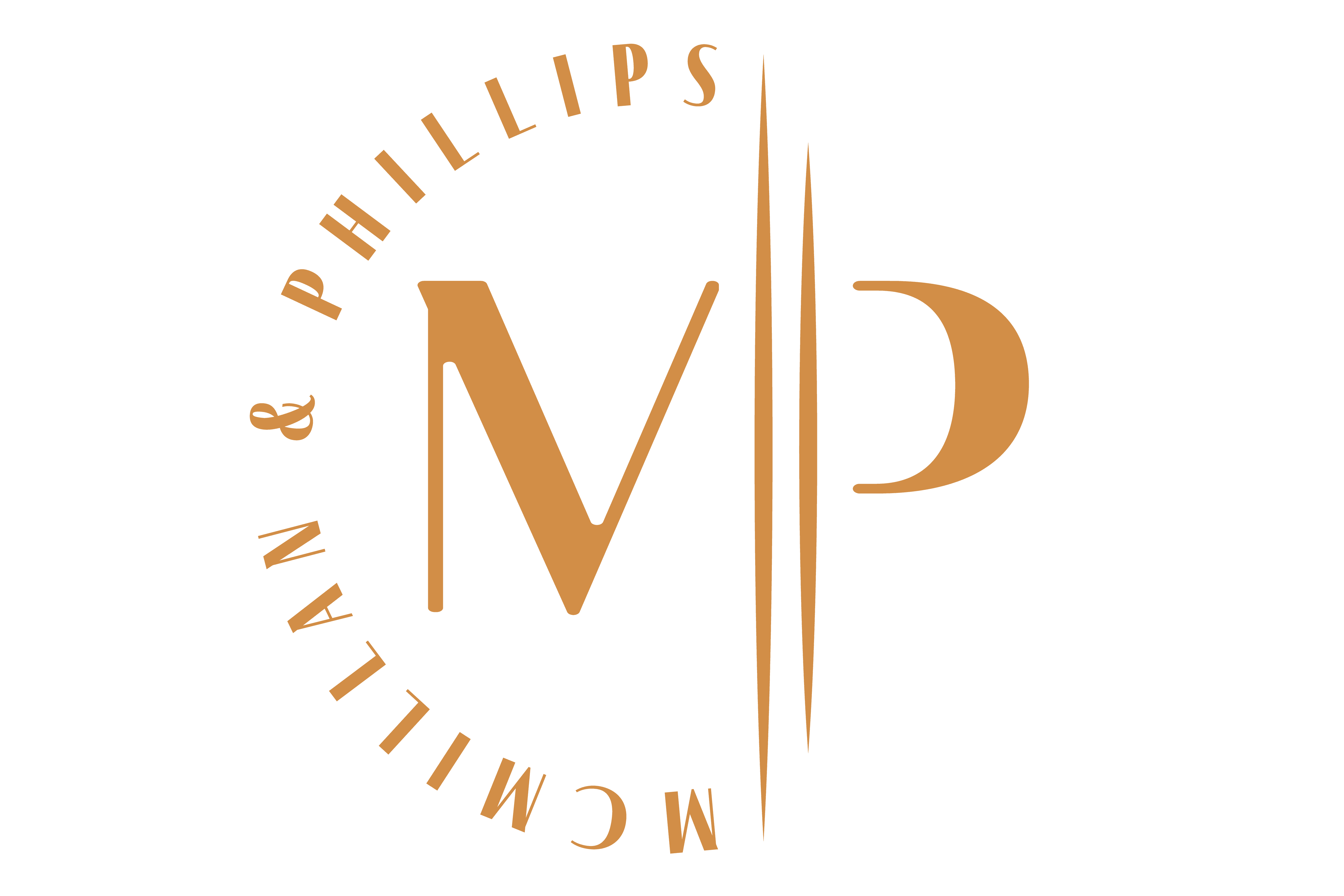If you’re considering working with a creative digital advertising agency, you may be wondering if it’s smart to leave your print marketing collateral in the dust. While there are dozens of think pieces and research studies that explore the advantages (and disadvantages) of print.
The fact remains that there are major differences between how an agency approaches digital design and print design.
What are the biggest things to know about both of these mediums from a design perspective? Discover the five major differences between print and digital design in this blog.
What is the difference between print design and digital design?
It may seem a bit obvious, but since print and digital design are both generally accomplished using a computer these days, it is worth defining. Digital design refers to design pieces that are created specifically for digital outlets.
This could be anything from social media graphics to email banners, display ads, and website imagery. Print design, on the other hand, is focused on print outlets like direct mail, flyers, posters, and newspaper ads.,
5 major differences between print and digital design
Just because a graphic designer is designing imagery doesn’t mean that they’ll take the same approach for digital work as they will for print design. Here are the five biggest differences between print and digital design.
Difference #1: Function
Print design is pretty limited in scope and function. That’s because there’s only so much that a postcard or printed flyer can do to engage with a reader. Digital design, on the other hand, has a variety of ways to engage with users.
From iPhones to desktop computer screens, a web designer at a digital design agency may be tasked with designing a responsive website that flows well across a variety of screen sizes, whereas a print designer will only need to consider the dimensions of the printed page.
Difference #2: Typography
Fonts are important to consider when designing any advertising or marketing material. However, some fonts are more readable than others in different areas.
For example, serif fonts (the ones with “feet”) are much better suited for print designs, since they are easier to read. However, sans-serif fonts can be just as readable on electronic devices, making them a popular choice for web and digital design.
Difference #3: Color
When a creative digital advertising agencyworks with you, they have a few different color spaces available to design within. These include RGB and HEX formats, which are typically used in digital mediums as well as web design.
Designing for print—especially if you will be using offset printing in order to create your collateral—requires an entirely different color format: CMYK. These colors specifically relate to the kind of ink many professional printers use, and are important to get correct if you want your brand to be accurately and consistently represented.
Difference #4: Accessibility
Accessibility is becoming more important for designers across the world, and this is a major reason digital design is so popular. Aside from increasing text size, there’s not much you can do in the way of creating accessible print materials.
However, with text-to-speech technology and screen readers, a digital content agency can provide important contextual information for users using alt tags and other web-based features to ensure a positive experience for users who are differently-abled.
Certain industries, such as cannabis digital marketing, can really benefit from this, since a portion of users browsing these kinds of websites may have impairments that are treated by medical cannabis.
Difference #5: Layout
When it comes to layout, many of the major concepts about flow and composition remain the same between print and digital mediums. However, digital designers must think about various aspect ratios and how to best optimize designs between these different arenas.
For example, a digital content agency has to think through designing social content for square-cropped ratios as well as wider dimensions in order to create compelling content for platforms like Instagram, Facebook, LinkedIn and Twitter.
There are definitely differences between print and digital design that make it a good idea to find a specialist to focus on each sort of design for your business.
If you’re looking for a more accessible approach to design, consider reaching out to a digital content agency like McMillan Phillips today. We have the digital experience to take your design to the next level.









